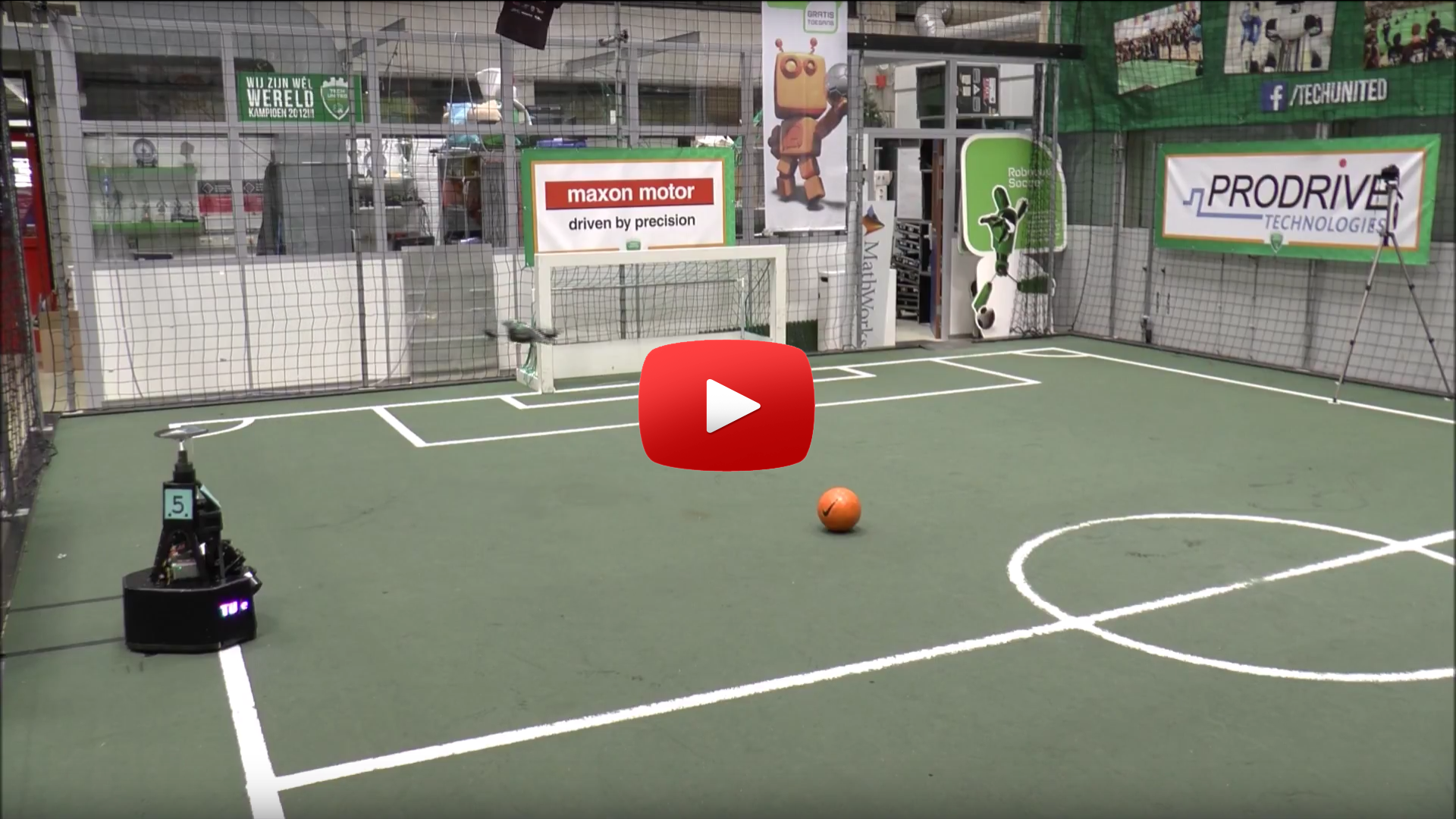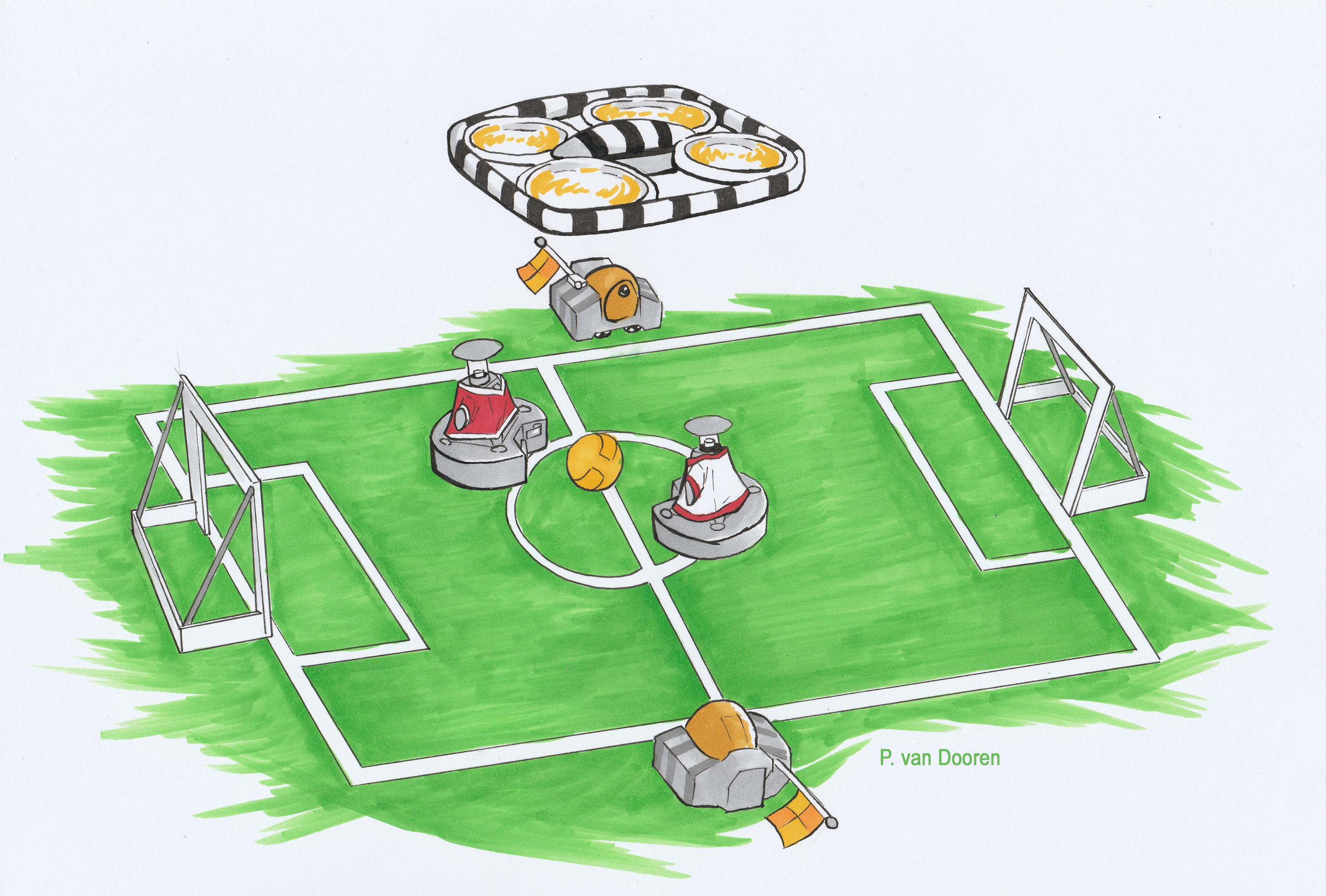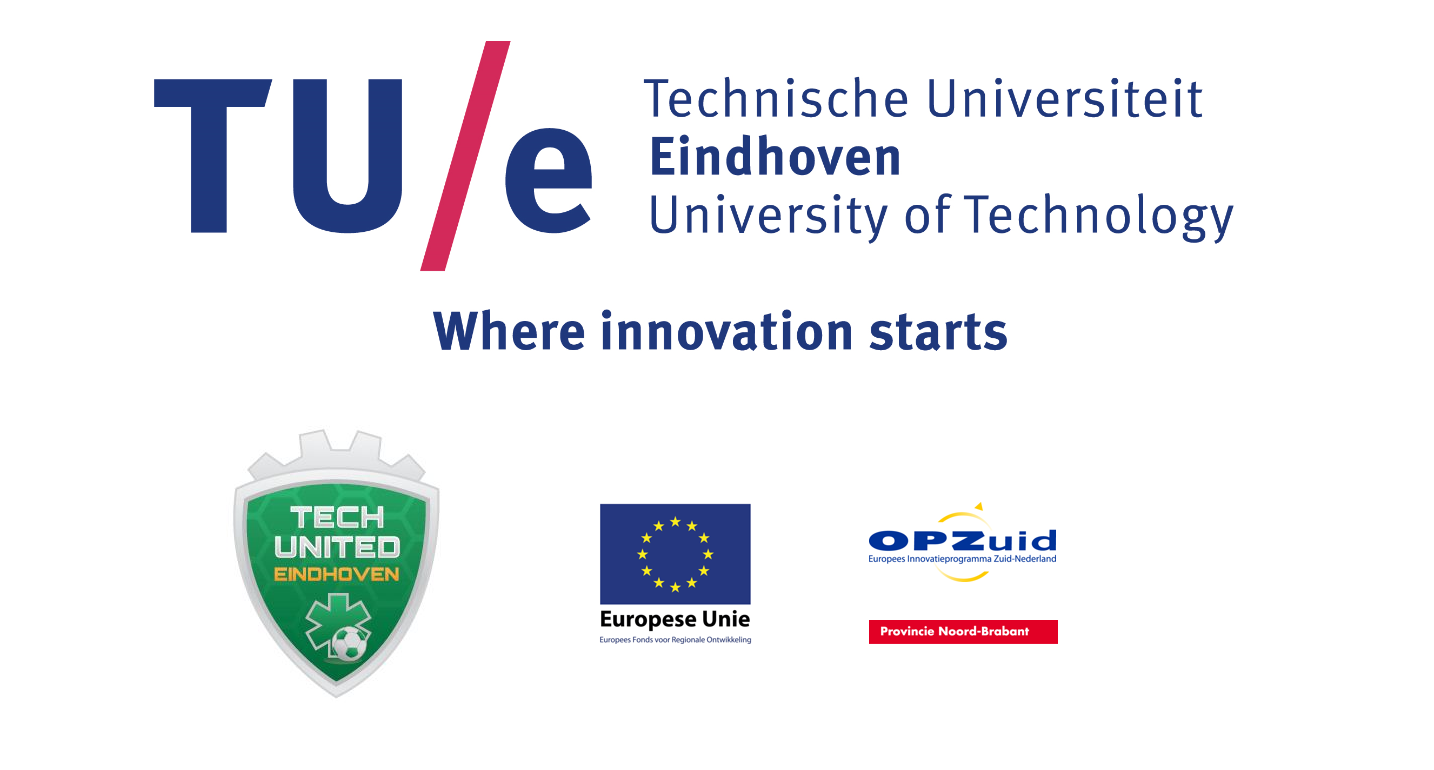Autonomous Referee System: Difference between revisions
No edit summary |
No edit summary |
||
| (One intermediate revision by one other user not shown) | |||
| Line 7: | Line 7: | ||
__NOTOC__ | __NOTOC__ | ||
A | |||
A football referee can hardly ever make "the correct decision", at least not in the eyes of the thousands or sometimes millions of fans watching the game. When a decision will benefit one team, there will always be complaints from the other side. It is oft-times forgotten that the referee is also merely a human. To make the game more fair, the use of technology to support the referee is increasing. Nowadays, several stadiums are already equipped with [https://en.wikipedia.org/wiki/Goal-line_technology goal line technology] and referees can be assisted by a [http://quality.fifa.com/en/var/ Video Assistant Referee (VAR)]. If the use of technology keeps increasing, a human referee might one day become entirely obsolete. The proceedings of a match could be measured and evaluated by some system of sensors. With enough (correct) data, this system would be able to recognize certain events and make decisions based on these event. | |||
Latest revision as of 16:07, 24 October 2017
'An objective referee for robot football'
- 1. Main
- 2. Project
- 2.1 Background
- 2.2 System Objectives
- 2.2 Project Scope
- 3. System Architecture
- 3.1 Paradigm
- 3.2 Layered Approach
- 3.3 System Layer
- 3.4 Approach Layer
- 3.5 Implementation Layer
- 4. Implementation
- 4.1 Tasks
- 4.2 Skills
- 4.3 World Model
- 4.4 Hardware
- 4.5 Supervisory Block
- 4.6 Integration
- 6. Manuals
A football referee can hardly ever make "the correct decision", at least not in the eyes of the thousands or sometimes millions of fans watching the game. When a decision will benefit one team, there will always be complaints from the other side. It is oft-times forgotten that the referee is also merely a human. To make the game more fair, the use of technology to support the referee is increasing. Nowadays, several stadiums are already equipped with goal line technology and referees can be assisted by a Video Assistant Referee (VAR). If the use of technology keeps increasing, a human referee might one day become entirely obsolete. The proceedings of a match could be measured and evaluated by some system of sensors. With enough (correct) data, this system would be able to recognize certain events and make decisions based on these event.
The aim of this project is to do just that; making a system which can evaluate a soccer match, detect events and make decisions accordingly. Making a functioning system which could actually replace the human referee would probably take a couple of years, which we don't have. This project will focus on creating a high level system architecture and giving a prove of concept by refereeing a robot-soccer match, where currently the refereeing is also still done by a human. This project will build upon the Robotic Drone Referee project executed by the first generation of Mechatronics System Design trainees.
To navigate through this wiki, the internal navigation box on the right side of the page can be used.

Team
This project was carried out for the second module of the 2016 MSD PDEng program. The team consisted of the following members:
- Akarsh Sinha
- Farzad Mobini
- Joep Wolken
- Jordy Senden
- Sa Wang
- Tim Verdonschot
- Tuncay Uğurlu Ölçer

Acknowledgements
A project like this is never done alone. We would like to express our gratitude to the following parties for their support and input to this project.
